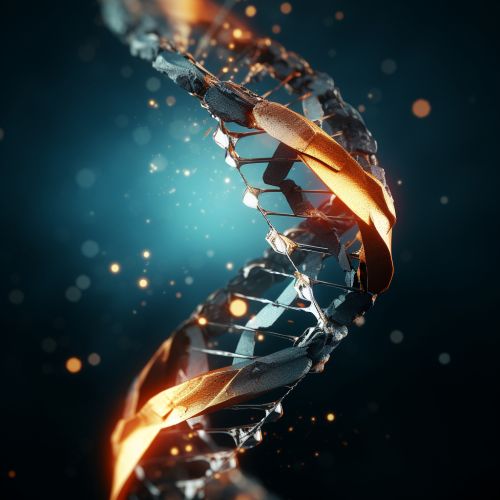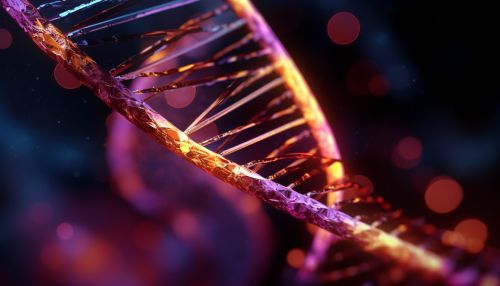Mismatch repair
Introduction
Mismatch repair (MMR) is a highly conserved biological pathway that plays a key role in maintaining the integrity of genetic information. The primary function of MMR is to correct DNA replication errors, including base-base mismatches and insertion-deletion loops (IDLs), that escape the proofreading activity of DNA polymerases. MMR is essential for the prevention of mutagenesis and the suppression of carcinogenesis.


Mechanism of Mismatch Repair
The mechanism of mismatch repair is a complex process that involves several proteins and steps. The process begins with the recognition of a mismatch by the MutS protein in prokaryotes or by the MutSα (MSH2-MSH6) or MutSβ (MSH2-MSH3) complexes in eukaryotes.
Mismatch Recognition
The mismatch recognition proteins MutS, MutSα, and MutSβ have a high affinity for heteroduplex DNA containing a mismatch. Upon binding to the mismatch, these proteins undergo a conformational change that allows them to recruit other MMR proteins to the site of the mismatch.
Mismatch Excision
Following the recognition of a mismatch, the MMR system must distinguish the newly synthesized DNA strand from the parental strand. In E. coli, this is achieved by the lack of methylation on the newly synthesized strand. In eukaryotes, the mechanism of strand discrimination is not fully understood, but it is believed to involve the PCNA (proliferating cell nuclear antigen) protein.
Once the newly synthesized strand is identified, the MMR system excises a segment of this strand containing the mismatch. This process is carried out by the MutL protein in prokaryotes or by the MutLα (MLH1-PMS2) complex in eukaryotes, which nicks the DNA strand at a site distant from the mismatch. The excision of the mismatched segment is then completed by an exonuclease, which degrades the DNA from the nick towards the mismatch.
DNA Resynthesis and Ligation
After the excision of the mismatched segment, the resulting gap in the DNA is filled in by a DNA polymerase, which synthesizes a new DNA strand using the parental strand as a template. Finally, the nick in the DNA is sealed by a DNA ligase, completing the mismatch repair process.
Role in Disease Prevention
The MMR system plays a crucial role in the prevention of diseases, particularly cancer. Defects in MMR genes can lead to a high mutation rate, resulting in the accumulation of genetic errors and the development of cancer. This is seen in hereditary nonpolyposis colorectal cancer (HNPCC), also known as Lynch syndrome, which is caused by mutations in the MSH2, MSH6, MLH1, or PMS2 genes.
Clinical Implications
Given the role of MMR in preventing cancer, strategies that target the MMR system could potentially be used in cancer therapy. For example, drugs that inhibit the MMR system could be used to increase the mutation rate in cancer cells, leading to their death. Conversely, strategies that enhance the MMR system could be used to prevent the development of cancer in individuals with a high risk of the disease.
